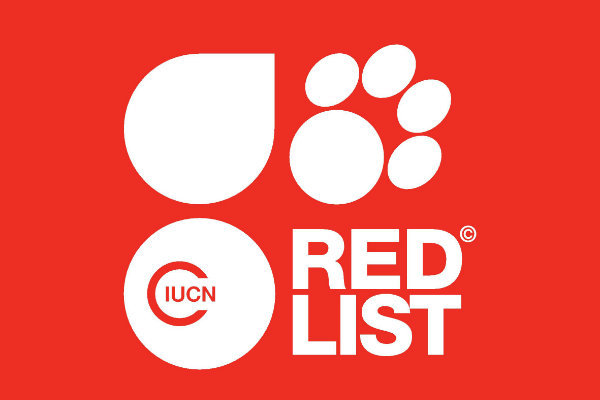The story of our logo
In the logo of the Life Prognoses project, the rare and protected Rosalia alpina beetle merges with the typical beech leaf, which to some will also be known as the logo of the Unesco World Heritage series of “ Ancient and Primeval Beech Forests of the Carpathians and Other Regions of Europe”.
The beetle acts as a link between the beech leaf and the project’s name. This logo radiates the power of connection.
With this project, we also hope to strengthen people’s commitment and connection to nature. Raising awareness about the importance and inestimable value of old beech forests for the benefit of biodiversity, but also of one’s own living environment, is one of the key messages we try to convey through this project

About the Rosalia alpine beetle

The Rosalia alpina is probably one of the best-known beetles of the European Fauna, not only due to its beautiful black and blue coloration and the striking black tufts of hair on the central segments of the antennae.
Due to its dramatic decline in the recent decades, Rosalia alpina has moved into the focus of public attention. The intensive use of the beech forests to produce firewood and furniture wood, but also a mistaken forest management with its rigorous removal of any dead wood, have deprived the Rosalia alpina of its livelihood in large parts of Europe and brought it to the brink of extinction.
Rosalia alpina prefers sparse, primeval beech forests on south- or west-facing slopes, from the montane to the subalpine region up to 1500 m, most preferably between 600 and 1000 m. The development takes place in the wood of dead or dying, sun-exposed beeches (Fagus sylvatica), very rarely in sycamore (Acer pseudoplatanus). Sun-exposed dead or decaying trees, dead branches, or spots of damage in otherwise healthy trees are suitable for development.
The development cycle can be successfully concluded in dry and decaying wood. Such conditions are normally found in standing deadwood, which can be populated over a long period of time, up to 10 years as substrate. The distribution of the Rosalia alpina stretches over large parts of Europe and the Caucasus.
Legal context
The Rosalina is listed in the category “vulnerable” on IUCN’s red list. Rosalia alpina is also listed on Annex II of EU Council regulation 92/43/EWG and is classified as a priority species. Hence the European Community carries a particular responsibility for the protection and preservation of the species. Furthermore, the species is protected by Annex II of the Berne Convention of 1979 and enjoys protection Europe-wide. That means that it is strictly forbidden to capture, kill, possess, or trade beetles or parts of the beetles, as well as their development stages or parts thereof. Also, existing populations and their habitats enjoy strict protection
More information
https://www.kerbtier.de/Pages/Themenseiten/enRosalia.html https://nl.wikipedia.org/wiki/Alpenboktor https://www.iucnredlist.org/species/19743/9009447

